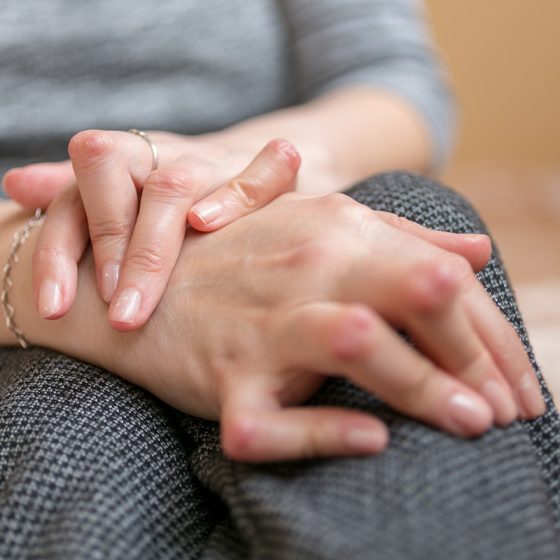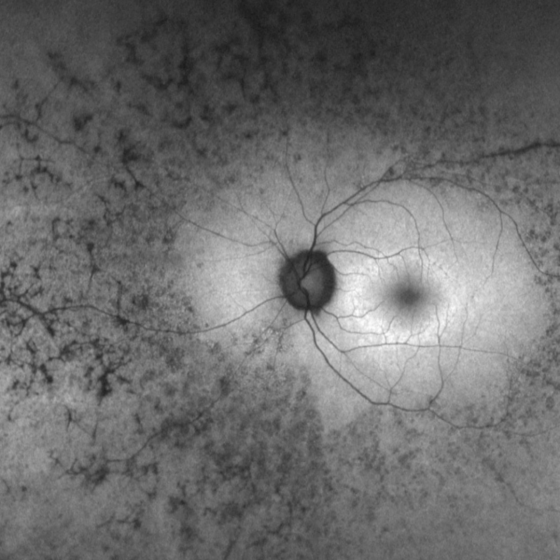Rhinoplasty
Rhinoplasty is also known as nose surgery, or a ‘nose job’. It is a form of cosmetic surgery to repair or reshape the nose. Some people have a nose job to fix a structural problem with their nose, others do it for cosmetic reasons. When might you have a nose job? Nose surgery can correct physical problems with the nose, including: breathing problems birth defects injuries damage caused by cancer or an infection Nose surgery can also be used for cosmetic reasons such as straightening a crooked nose or removing a hump or dent on the bridge of the nose. The surgery




